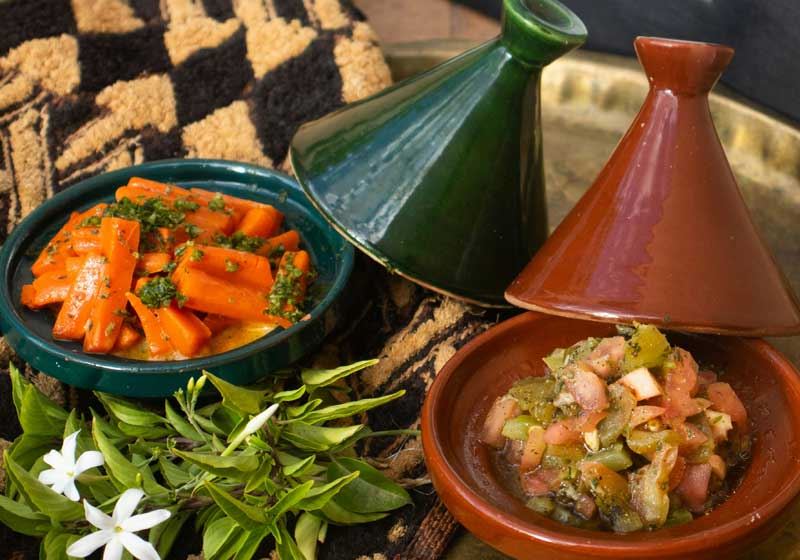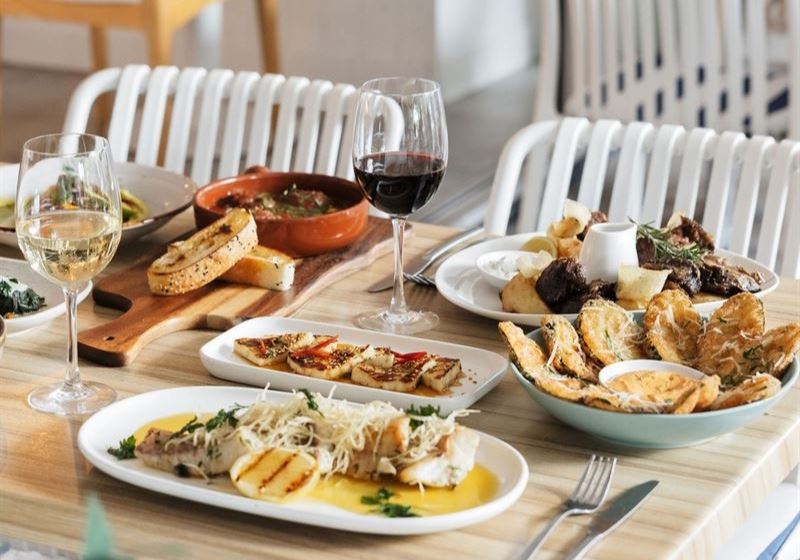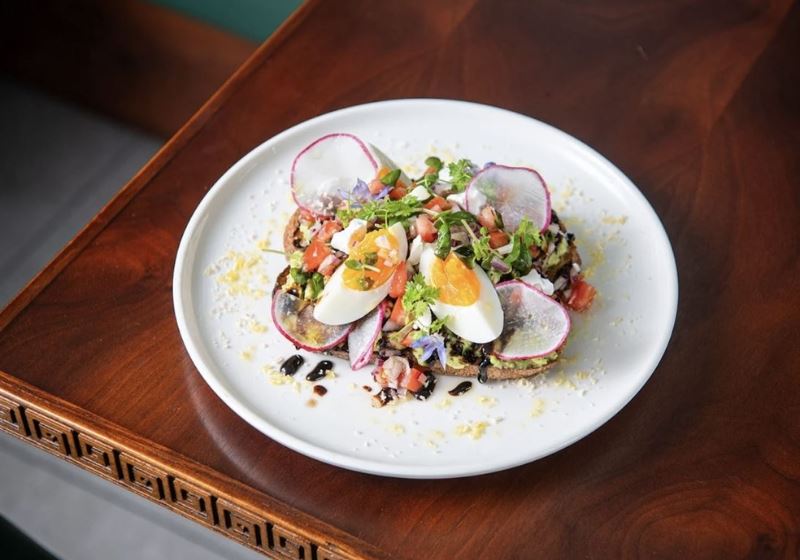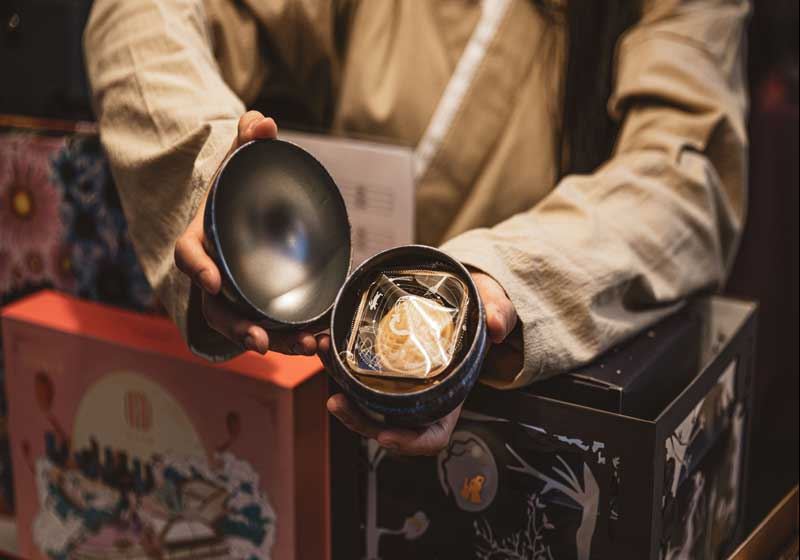By Marie-Antoinette Issa.
Africa is a continent of extraordinary culinary diversity, a living mosaic of flavours, ingredients and cooking techniques that span deserts, savannahs, rainforests and coastlines.
While safari lodges and wildlife expeditions often focus on the Big Five of the animal kingdom, there is another Big Five that deserves its own spotlight: jollof, tagine, bunny chow, matoke and fufu. Each of these dishes tells a story of place, culture and history - a culinary safari across the continent without leaving the table.
In West Africa, the legendary jollof rice reigns supreme. Particularly popular in Nigeria and Ghana, jollof is far more than a simple rice dish. Bright red from tomatoes and peppers and scented with onions, garlic and a whisper of thyme, it embodies the spirit of West African hospitality.
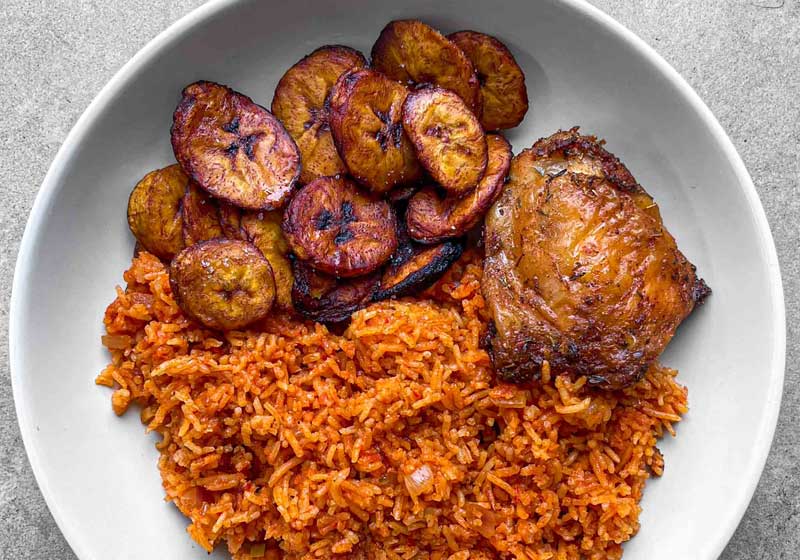
Every household, every street vendor and every festive table claims its version as the definitive one. The dish is a celebration, served at weddings, birthdays and public holidays, with each pot a reflection of local taste and ancestral technique. Eating jollof is like tasting a slice of West Africa’s communal soul - vibrant, fiery and unforgettable.
Heading north to the Mediterranean fringe, Morocco offers the slow-cooked elegance of the tagine. Named after the conical clay pot in which it is cooked, tagine is a masterclass in layering flavours. North African cooks combine lamb, chicken or fish with dried fruits, olives and a complex orchestra of spices - saffron, cinnamon, cumin and ginger.
The slow simmering method tenderises the protein and allows every note to meld into a harmonious whole. Vegetarians need not feel left out, as tagines filled with pumpkin, carrots, apricots or chickpeas capture the same magic. Eating tagine is akin to walking through a Moroccan souk, every bite a fragrant swirl of history and landscape.
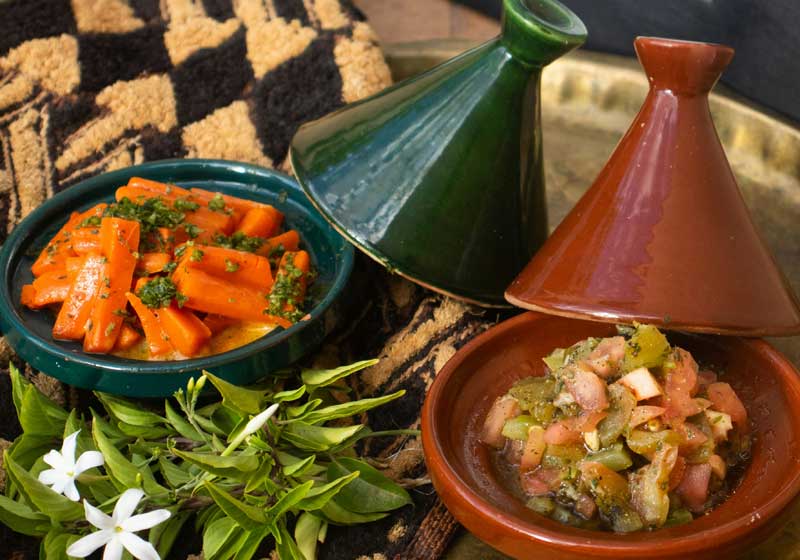
Next, those who venture to South Africa will be rewarded with the curious, comforting spectacle of bunny chow. Born in the Indian communities of Durban, bunny chow is essentially a hollowed-out loaf of bread cradling a spicy curry.
The dish, often eaten with fingers and no utensils, is both playful and practical, reflecting its origins as a convenient takeaway for workers. Yet it has become a national icon, served in cafes and street stalls from Cape Town to Johannesburg. The bread soaks up the sauce while remaining soft at the edges, creating a portable, intensely satisfying bowl of flavour. Bunny chow is an edible emblem of South Africa’s cultural intersections and inventive spirit.
Travelling to Central Africa, fufu reigns supreme - a starchy staple most popular in Cameroon and Congo. Made by pounding boiled cassava, yams or plantains into a smooth, elastic dough, fufu is a textural marvel. It is typically paired with rich, spicy stews featuring vegetables, beans or meat.
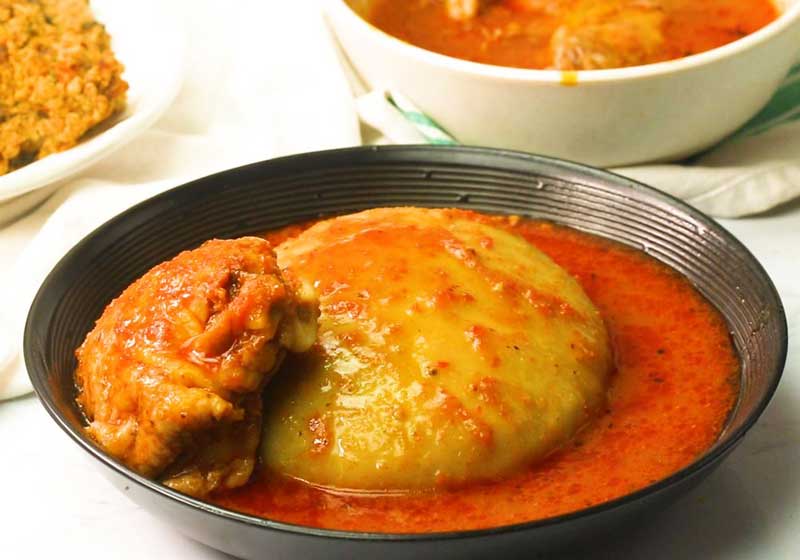
The act of eating fufu is ritualistic - pieces are pinched by hand, formed into a ball and dipped into a sauce or soup. This hand-to-mouth practice is not just practical; it reinforces communal bonds and respect for the food. Fufu teaches patience, mindfulness and appreciation for subtle, earthy flavours that ground Central African cuisine.
Finally, in East Africa, Ugandans celebrate matoke, a dish built on green cooking bananas. The bananas are peeled, steamed or boiled, then mashed and slow-cooked with onions, tomatoes and spices. Matoke is a cornerstone of Ugandan homes and ceremonial tables, often accompanied by peanut sauces, beans or meat for those who indulge.
Its gentle, comforting texture belies the depth of care required to prepare it properly. Matoke is a reminder that Africa’s culinary treasures are not all about fire and heat - some of the richest flavours come from patience and simplicity.
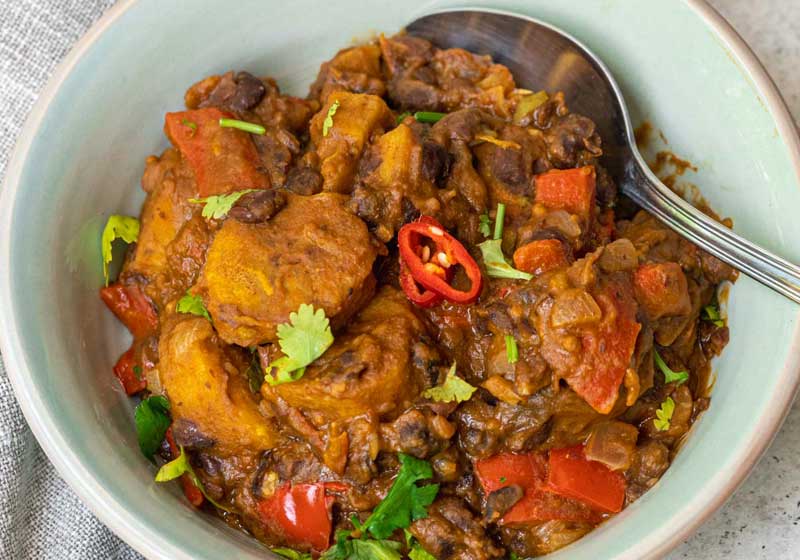
What binds these dishes together is more than geography or ingredients. Each represents a history of adaptation, migration and cultural pride.
From the fiery, communal pots of jollof to the fragrant, slow-cooked tagine, from the cheeky, hand-held bunny chow to the ritualistic fufu and the soothing matoke, Africa’s ‘other’ Big Five is a celebration of ingenuity and identity. These dishes reflect the landscapes in which they were born, the people who nurtured them and the stories they continue to tell across generations.
Exploring them is a sensory safari. The colours, textures and aromas are as diverse as the continent itself and each bite invites connection with traditions that have endured centuries. To taste jollof is to taste the heartbeat of Lagos or Accra.
Tagine conjures the sun-baked markets of Marrakesh. Bunny chow transports you to the bustling streets of Durban. Fufu immerses you in the communal rhythms of Yaounde and matoke whispers the homely warmth of Kampala kitchens.
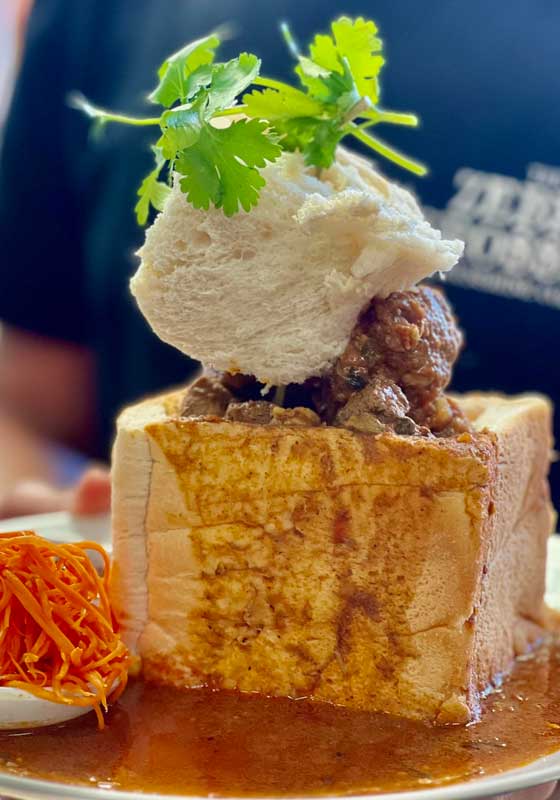
Africa’s ‘other’ Big Five reminds us that culinary exploration is as thrilling as any wildlife adventure. Each dish is a story, a journey and an invitation to discover the continent in all its flavour, ingenuity and soul.
Whether served on a festive table, in a street stall or a family kitchen, they offer a passport to Africa’s diverse cultures and a chance to experience its richness without leaving your chair.
